Want to impress others in casual conversation with some random trivia? Read up on some bizarre but true facts about our world and collect conversation starters for every occasion!
Bananas Glow Blue
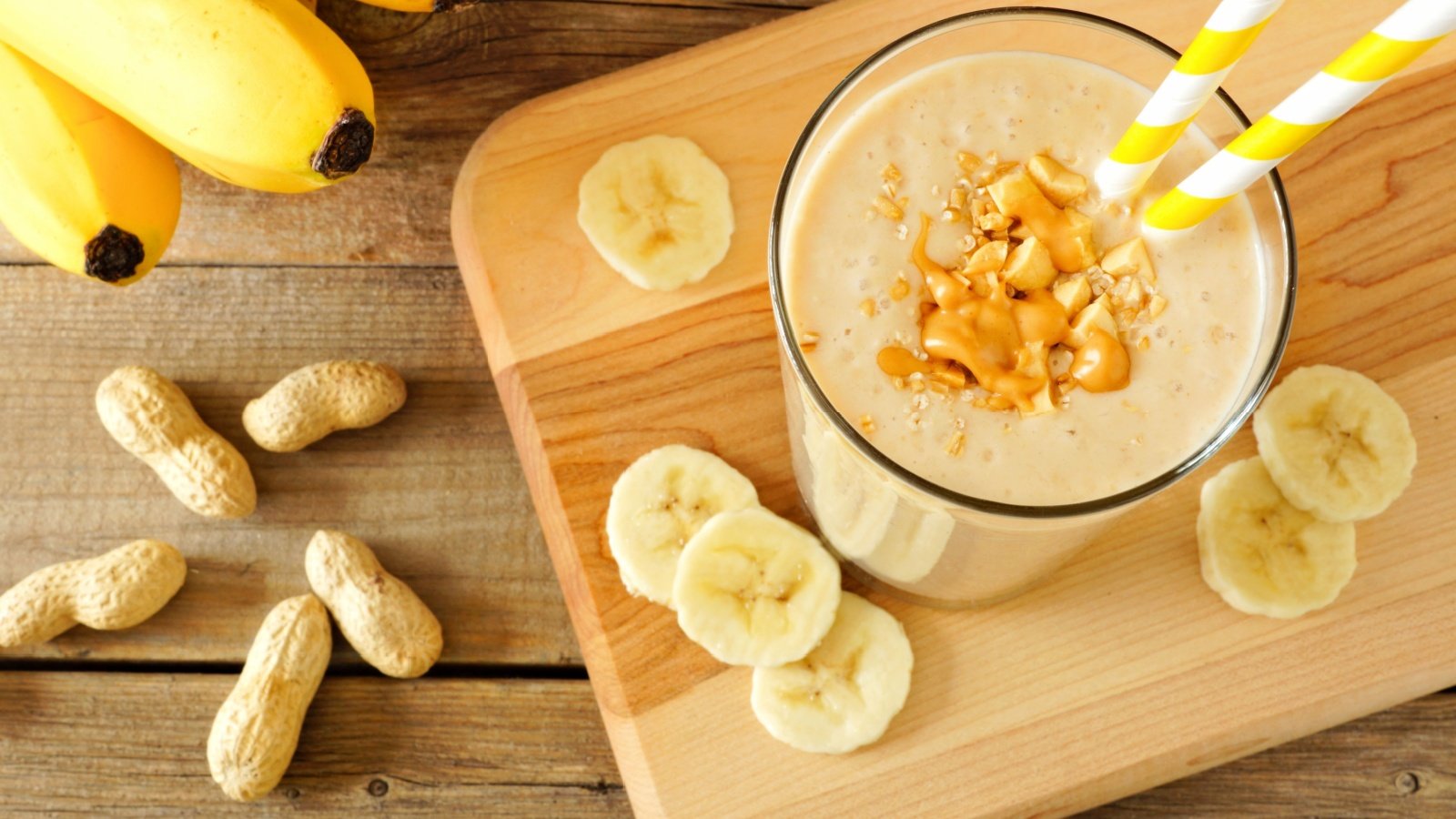
Under ultraviolet light, bananas exhibit a bright blue glow. This is due to the degradation of chlorophyll as the fruit ripens. Surprisingly, this makes them easier to spot for animals sensitive to UV light.
Honey Never Spoils

Ancient tombs have revealed pots of honey over 3,000 years old that were still edible. Honey’s longevity is due to its low moisture content and acidic pH. It’s a testament to nature’s perfect preservative.
Octopuses Have Three Hearts

An octopus boasts three hearts, with two pumping blood to the gills and the third circulating it to the rest of the body. When it swims, the heart that delivers blood to the body stops, making resting a crucial activity. This cephalopod’s blue blood is copper-based.
Diamonds Rain on Jupiter
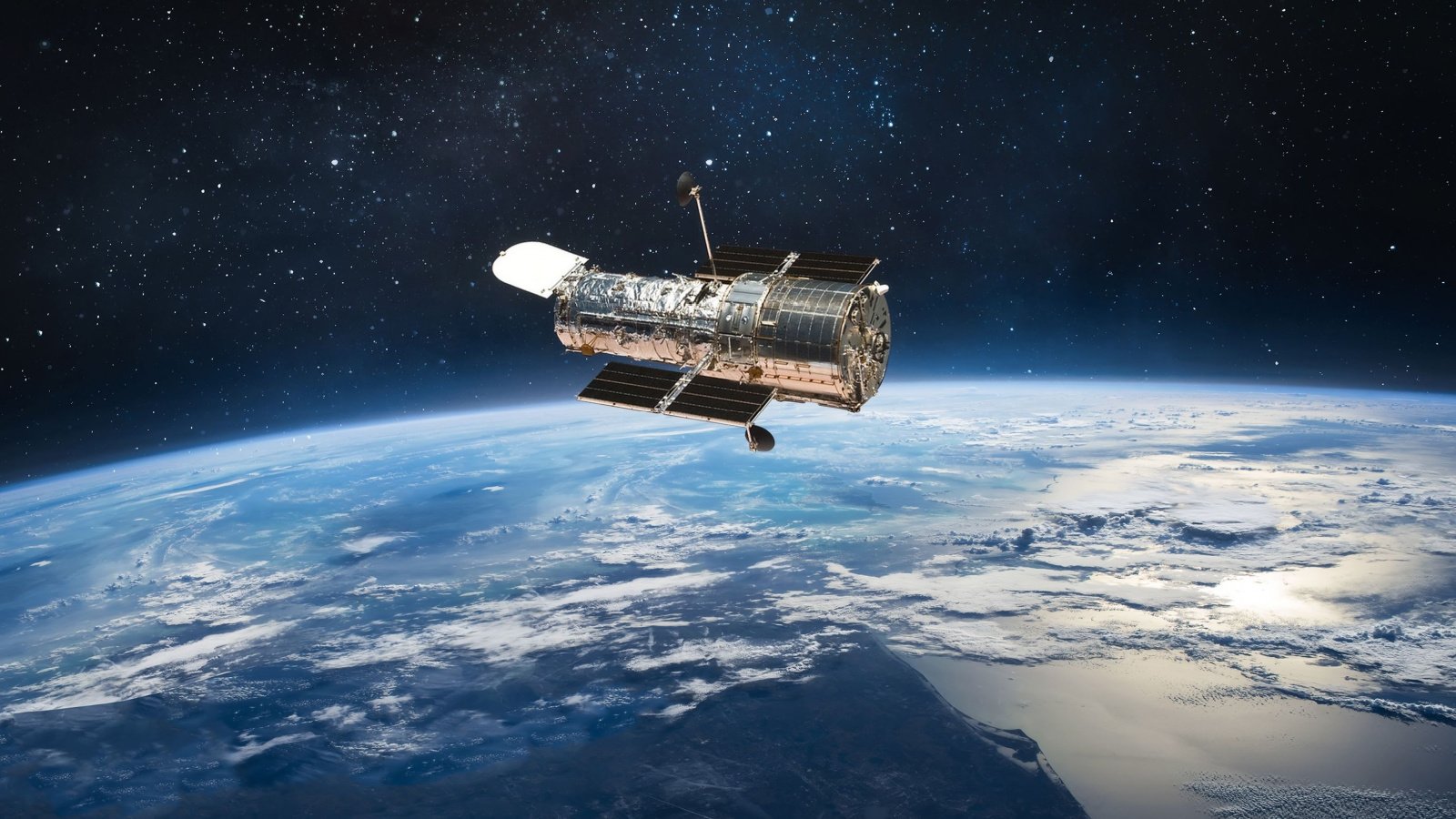
Jupiter’s atmosphere has the right conditions to form diamonds. Lightning storms turn methane into soot, which, as it falls, hardens into graphite and then diamonds. Imagine the bling of a Jupiter storm!
Penguins Propose with Pebbles

Male penguins search the beach for the perfect pebble to present to their chosen mate. If the female accepts, they add it to their nest, symbolizing their bond. This pebble gift is a crucial part of their courtship.
Cows Have Best Friends
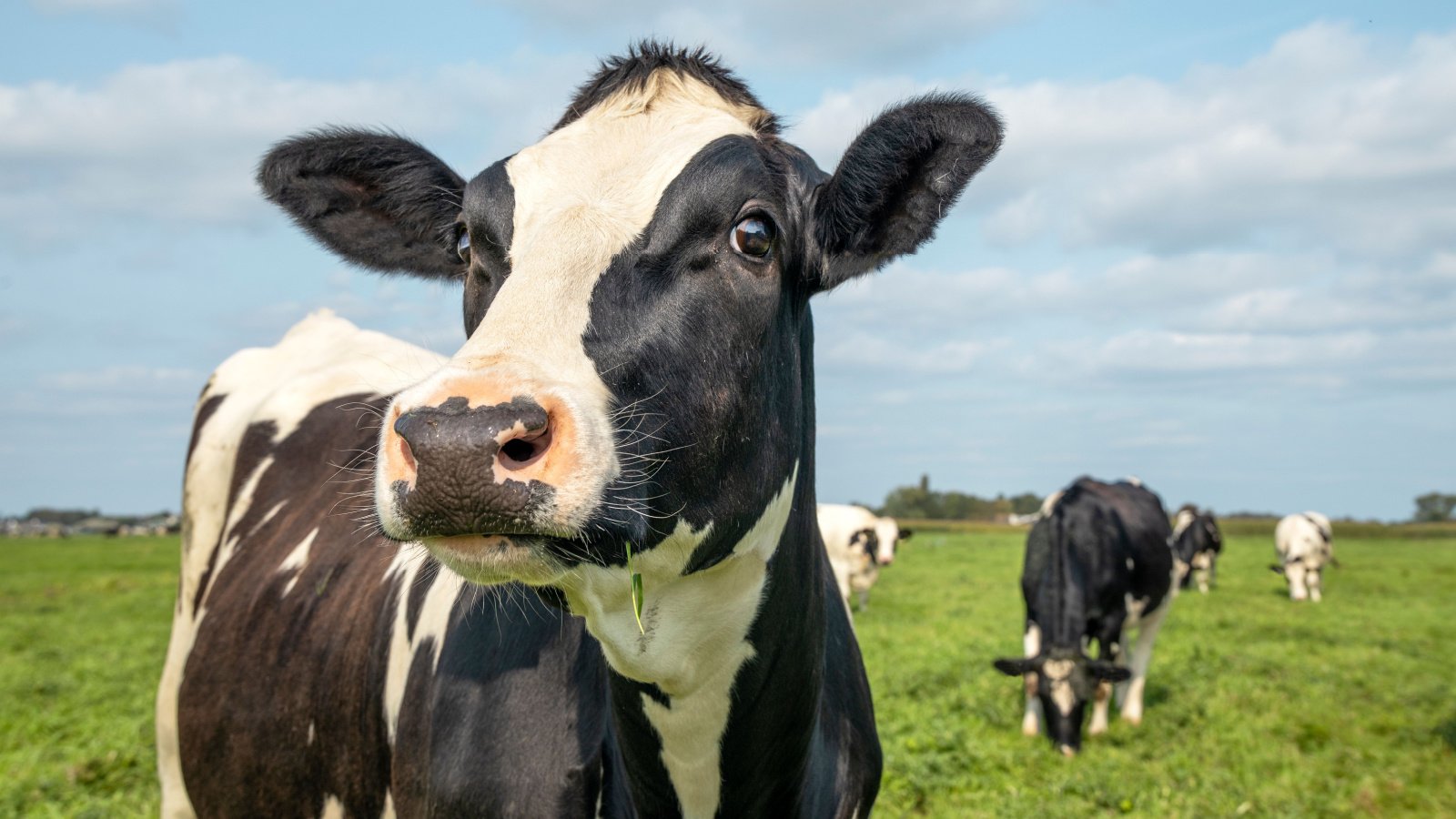
Cows are social animals and form close bonds with specific herd members. They show signs of stress when separated from their best friends. This fact highlights their emotional intelligence.
Vending Machines vs. Sharks
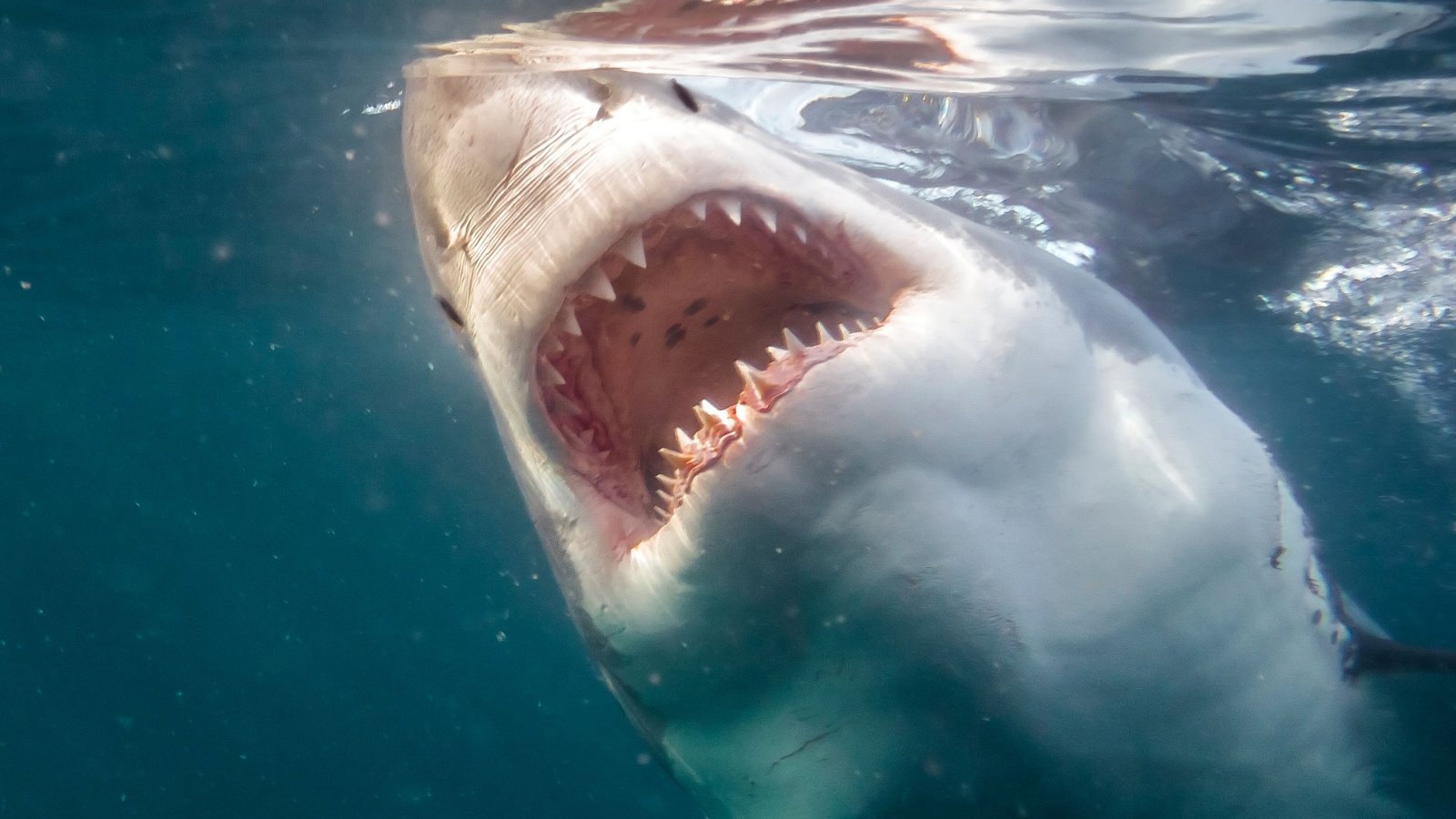
You’re more likely to be killed by a vending machine than a shark. Statistically, vending machines cause roughly four times as many deaths per year. Always exercise caution when tilting a snack dispenser!
Pluto Never Made a Full Orbit

Since its discovery in 1930 and demotion from planetary status in 2006, Pluto has never completed a full orbit around the Sun from our perspective. It takes 248 Earth years to make one Plutonian year. This distant world still holds many mysteries.
The Moon has Moonquakes
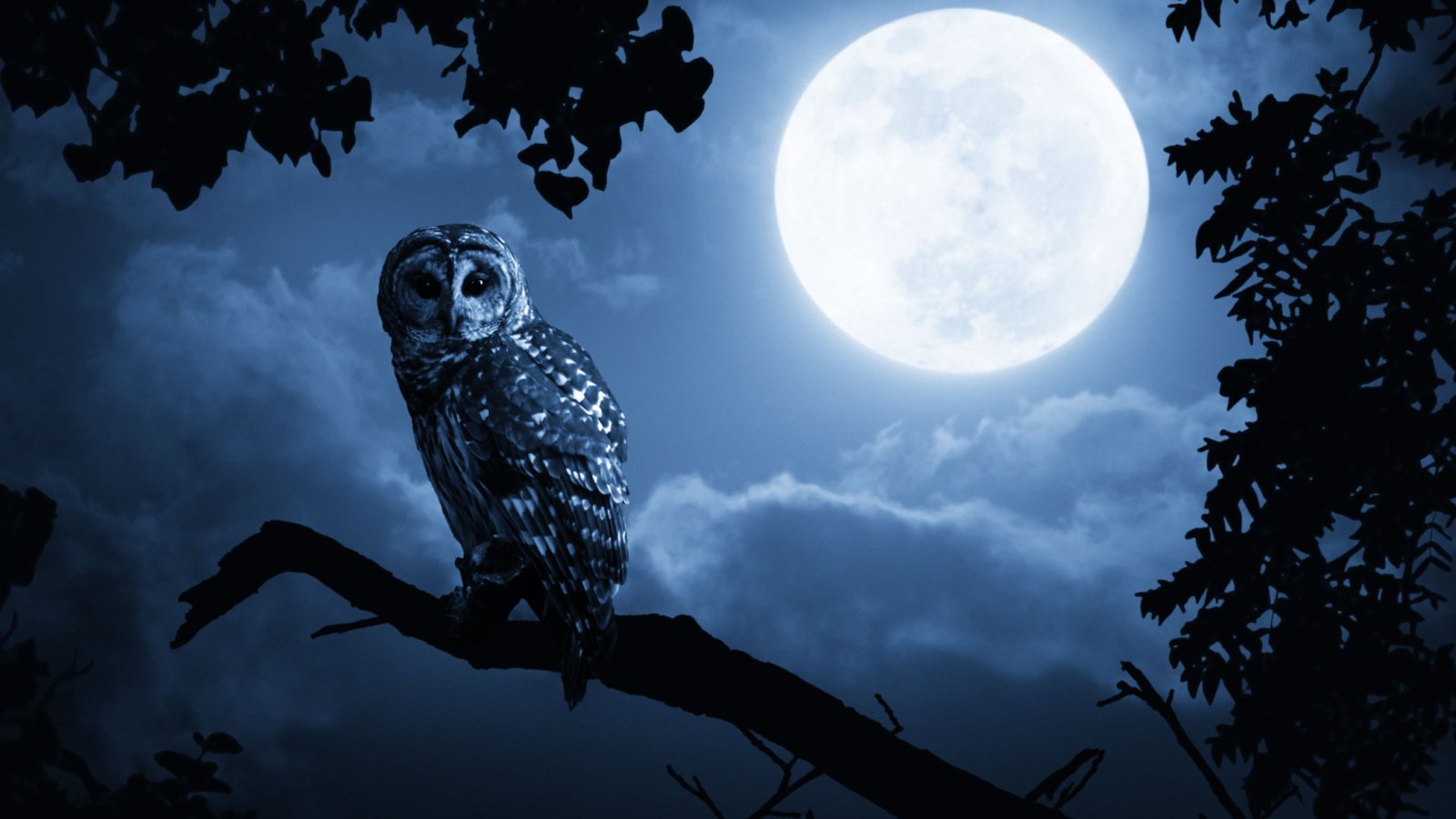
Similar to earthquakes, the Moon experiences moonquakes. These can last up to an hour and are much longer than earthquakes. Impacts from meteoroids, temperature variations, and the gravitational pull of the Earth are among the causes.
Banana Plants Walk

Over its lifetime, a banana plant can “walk” up to 40 centimeters. This movement is due to the growth of new stems from the base of the old. The plant leans towards the Sun, gradually moving the entire structure.
Wombat Poop is Cube-Shaped

Wombats produce cube-shaped poop, a unique feature among animals. This shape helps the poop stay in stacks to mark its territory. The mechanics of their intestines create this unusual shape.
Snails Can Sleep for Years
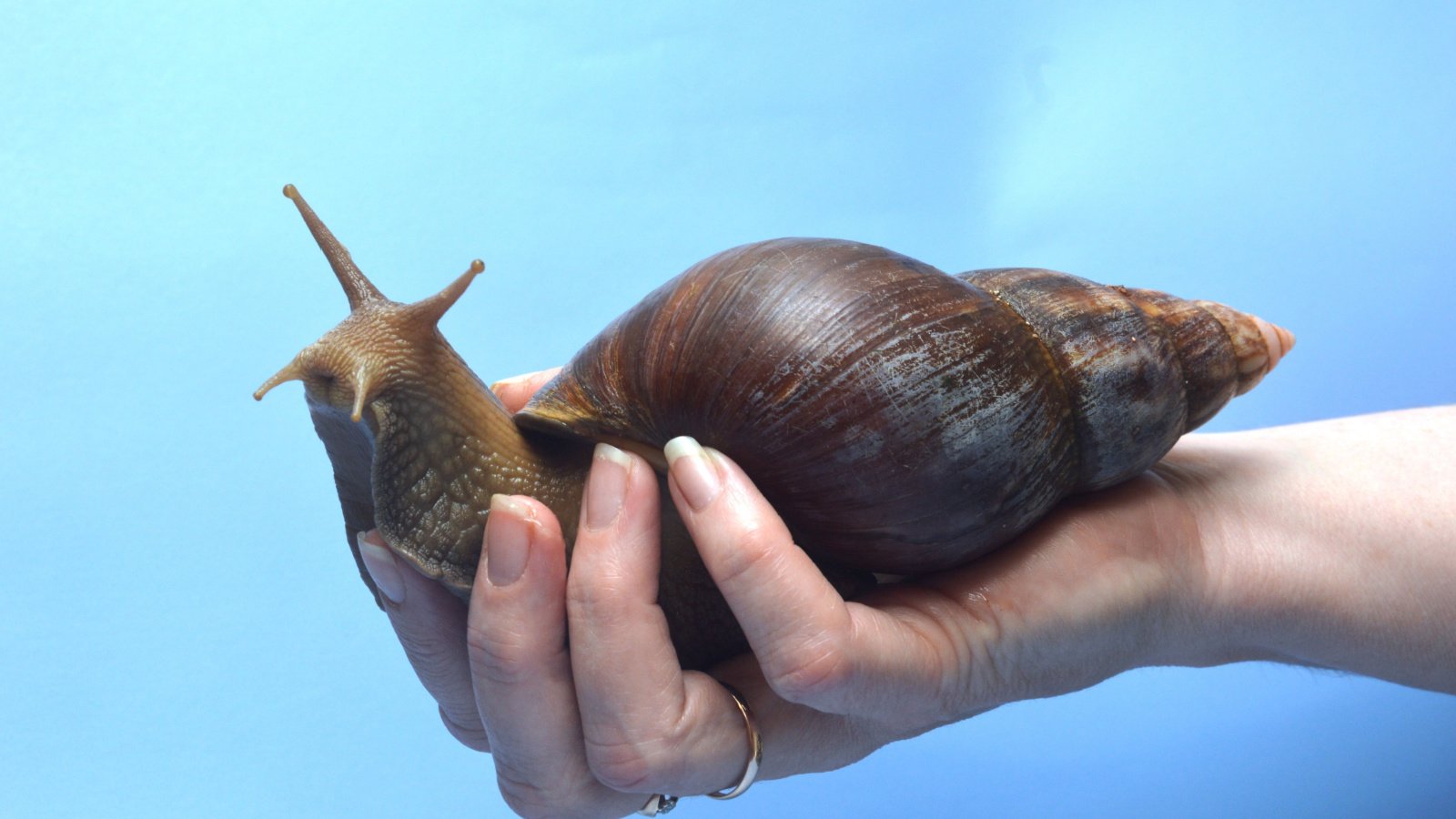
In drought conditions, a snail can sleep up to three years. This hibernation-like state, called estivation, helps them conserve moisture. Snails are the ultimate nappers.
The Eiffel Tower Can Grow

In the summer, the Eiffel Tower can grow up to 15 centimeters due to the expansion of the iron on hot days. This iconic structure is a testament to the dynamic nature of materials. It shrinks back down when the temperature drops.
Rabbits Can’t Vomit

Their digestive system only allows movement in one direction, so rabbits cannot vomit. This makes their diet and digestion a careful balance. It’s a peculiar but vital adaptation for their survival.
Ants Don’t Sleep

Ants are among the few creatures that do not sleep. Instead, they take short naps that may last only a few minutes throughout the day. This tireless work ethic helps the colony thrive.
The Loudest Sound

The eruption of Krakatoa in 1883 produced the loudest sound ever reported at 310 dB. It was heard 3,000 miles away. This sound wave circled the globe multiple times.
Turtles Breathe Through Their Butts

Some turtle species can breathe through their rear ends. This adaptation allows them to stay underwater for longer periods during winter. It’s a process known as cloacal respiration.
A Jiffy is an Actual Time Unit

A “jiffy” is used in physics to denote the time it takes for light to travel one centimeter in a vacuum, approximately 33.4 picoseconds. It’s much quicker than most would imagine. Next time you say, “I’ll be back in a jiffy,” remember its scientific meaning.
Chickens Can Remember Faces

Chickens have impressive memory skills and can distinguish between over 100 different faces, both human and animal. This ability aids in social structure and survival. Don’t underestimate the observational prowess of a chicken.
Trees Can Communicate
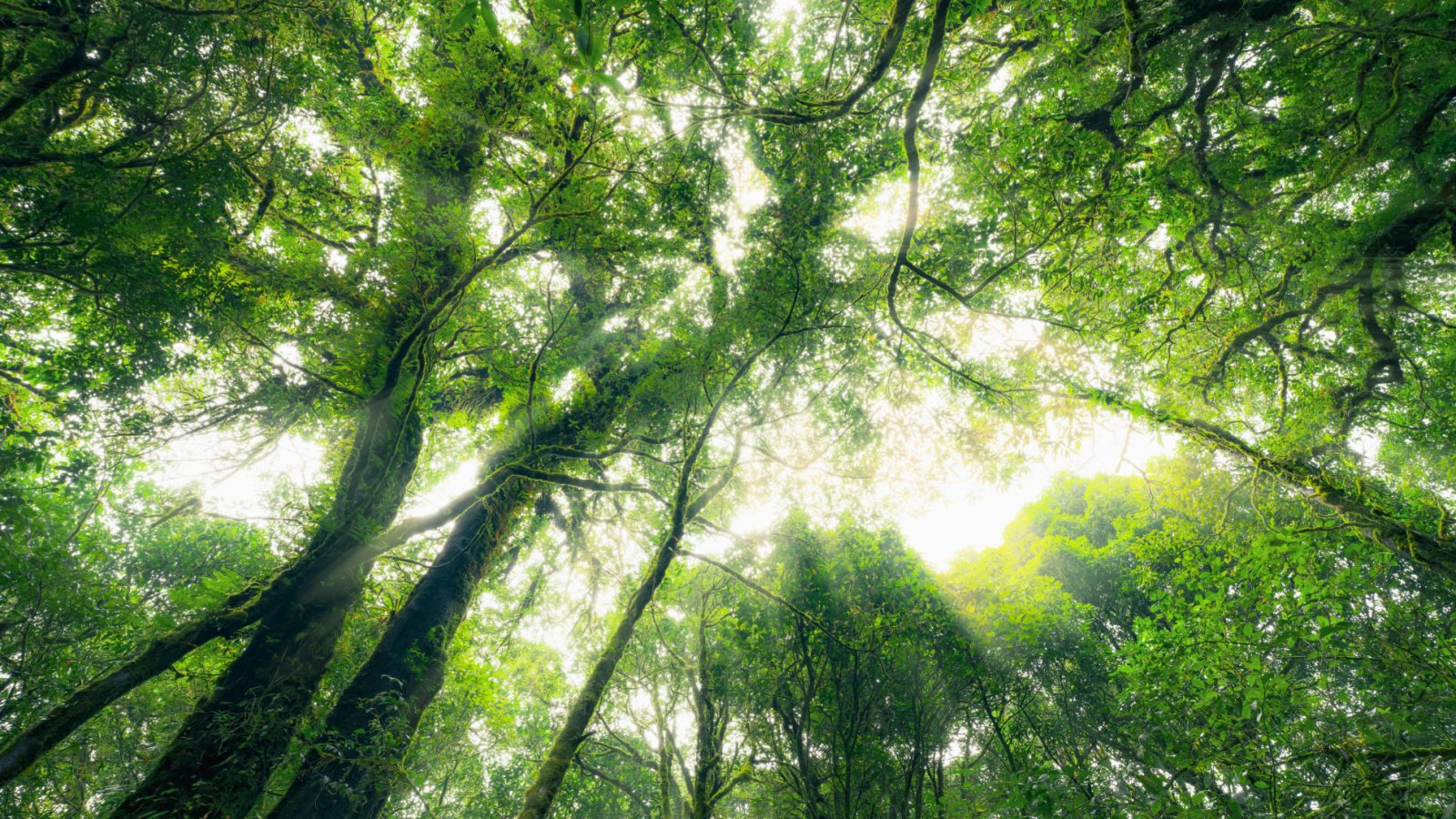
Through a network of underground fungi, trees can share nutrients and even send distress signals to one another. It’s a fascinating glimpse into the interconnectedness of nature.
Water Can Boil and Freeze at the Same Time

Under specific conditions known as the triple point, water can simultaneously boil and freeze. This occurs at a particular temperature and pressure. Science uncovers the peculiarities of water’s phase diagram.
The Color Orange Was Named After the Fruit

The color orange was named after the fruit, not the other way around. Before the fruit’s introduction to Europe, this color was typically referred to as “geoluread,” meaning “yellow-red.” The vibrant hue of the fruit gave the color its modern name.
Your Stomach Gets a New Lining Every Few Days

To prevent digesting itself, your stomach constantly renews its lining. Approximately every three to four days, you get a brand new stomach lining. The human body’s ability to renew and protect itself is truly remarkable.








